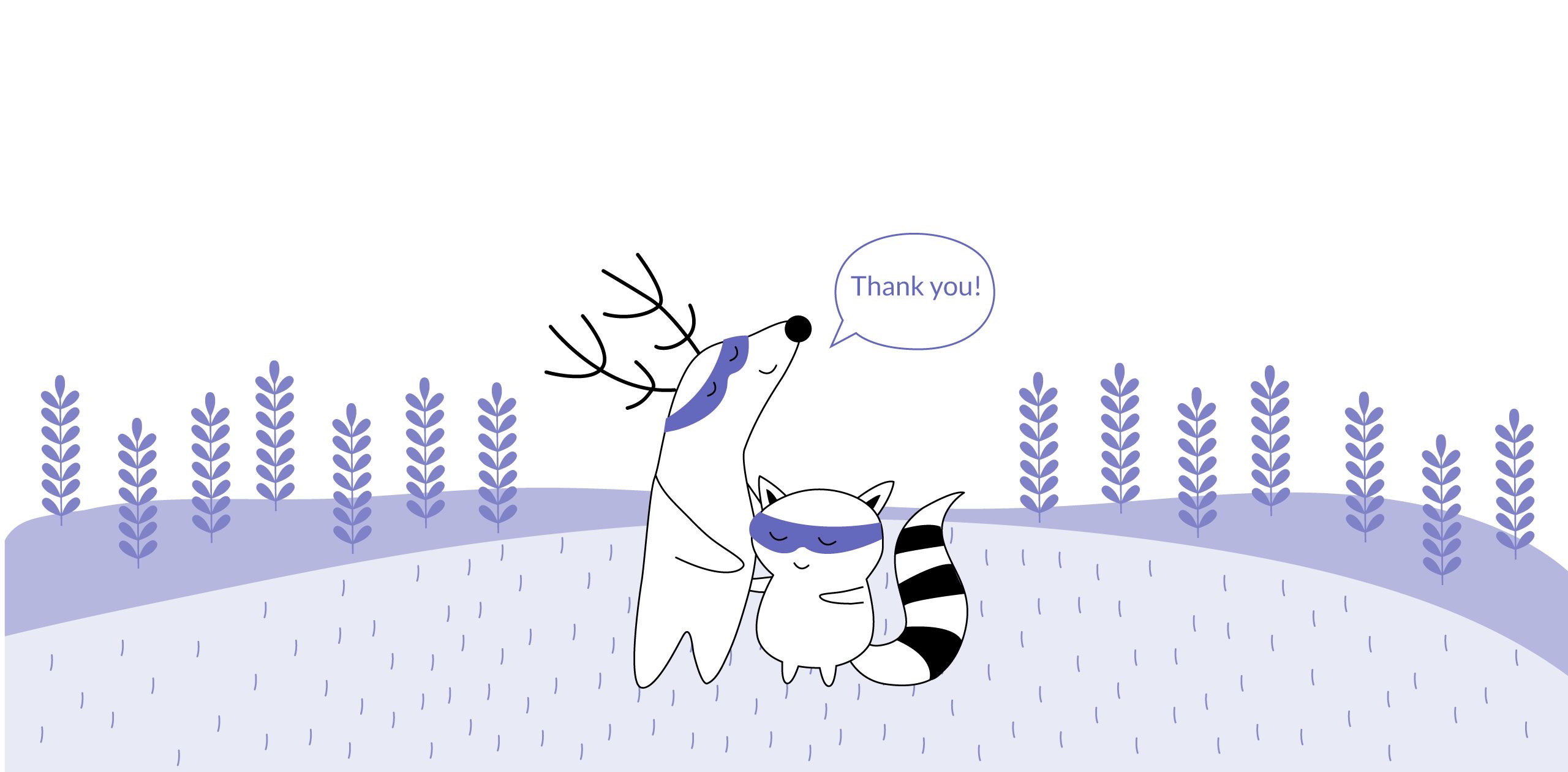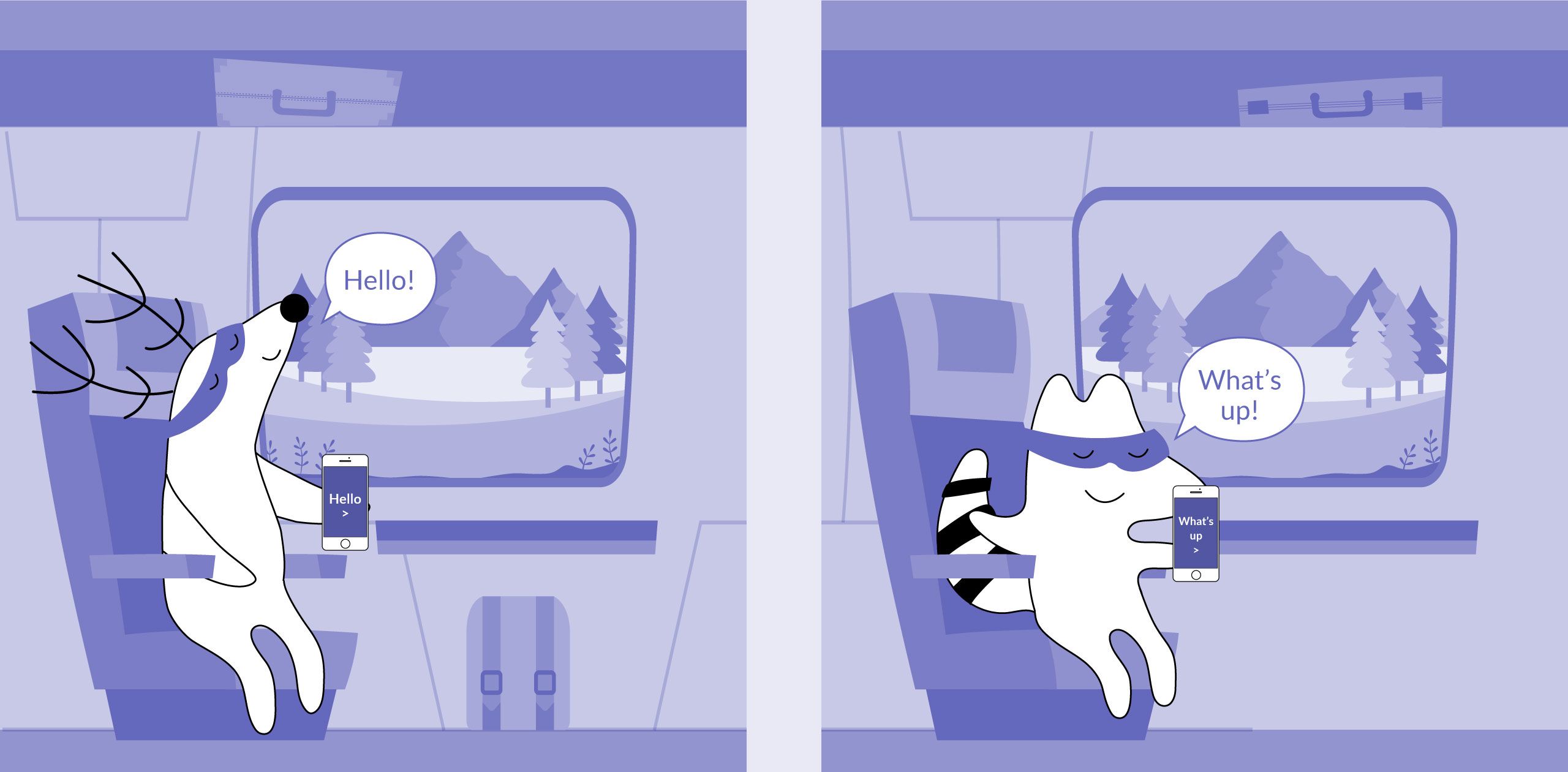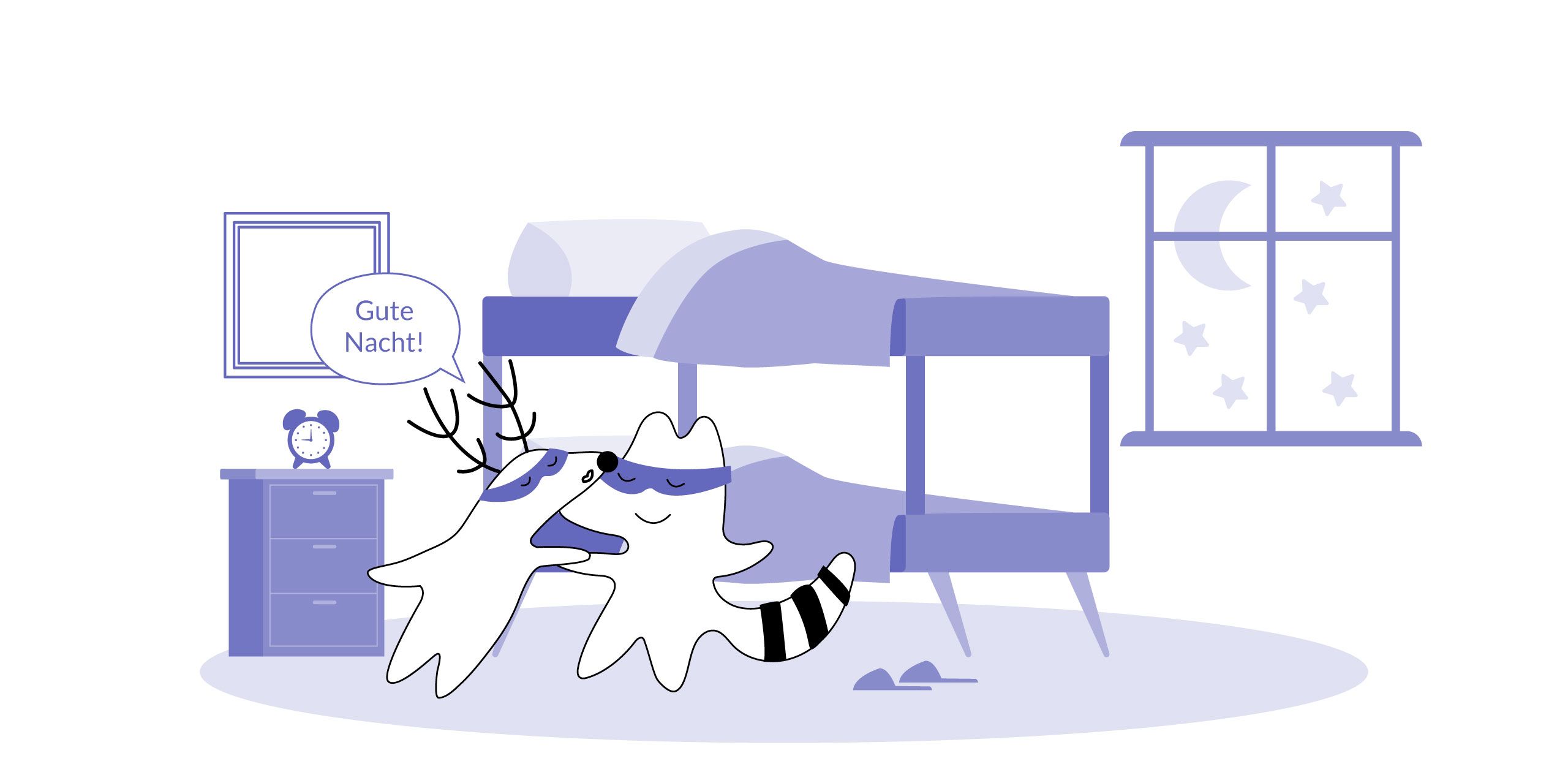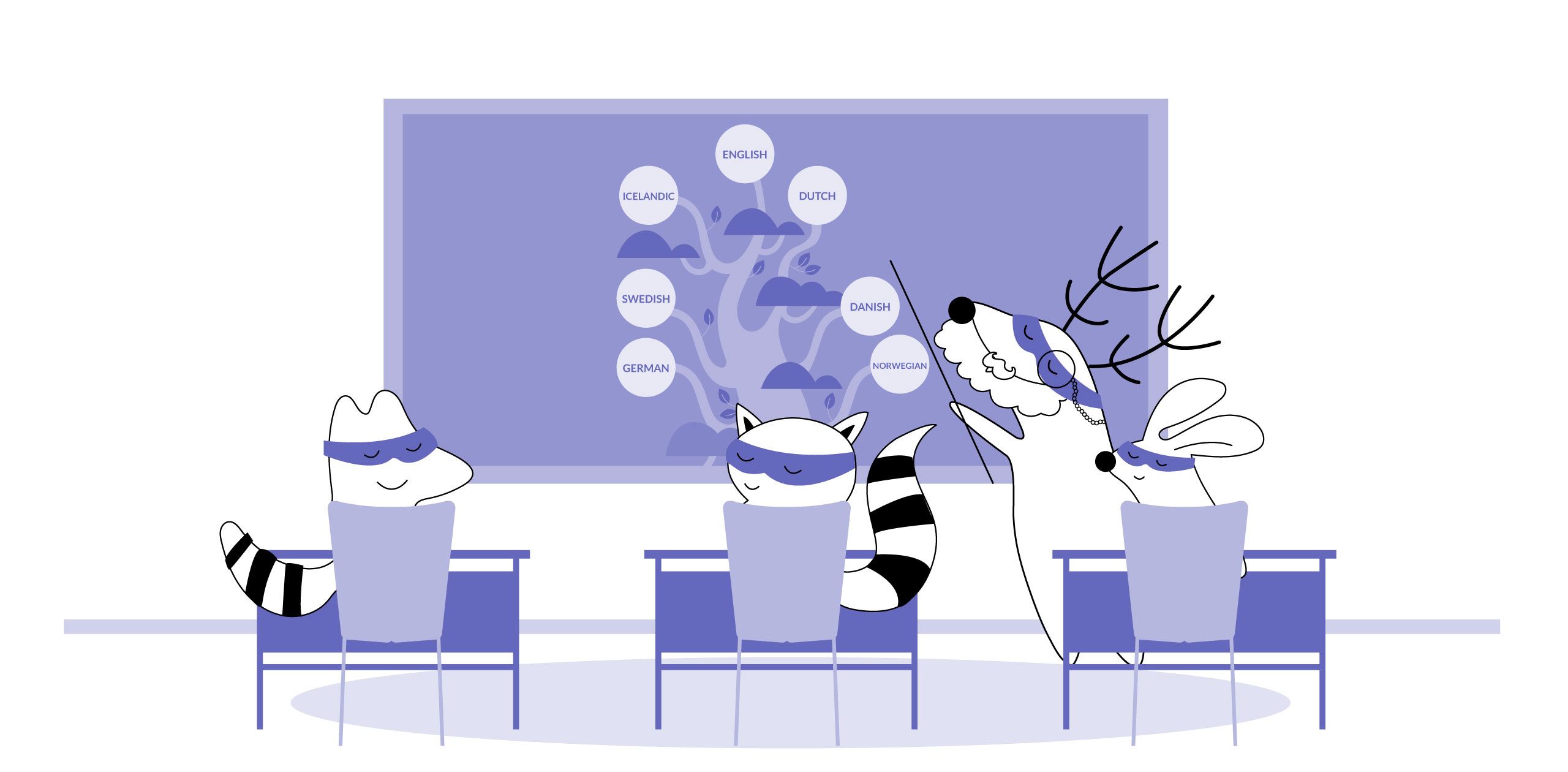
Have you ever considered where the language you speak comes from? Every language has an origin and a history, and it can be exciting to learn about them. When you start learning German, it's a good idea to look into its past as well.
A language is constantly evolving. Most German speakers are unaware of how their language is changing because language evolution is a continuous process that is difficult to observe in a short period. But even in modern German, you can observe some interesting changes that have occured over the last few decades. Some linguistic changes even begin as a trend before becoming part of the official language.
It is essential to track those changes separately for each German dialect, as they evolve independently. Usually, the differences begin in the spoken language before spreading to the written one.
The history of the German language is similar to English, as both are descended from Germanic languages. In this post, let’s take a look at the Germanic languages and how German has evolved from them and continues to change.
A Short History of the German Language
Most of the languages spoken in Europe, America, and Western and Southern Asia are derived from the Indo-European languages, dating back to nearly 4000 BC. These languages’ ancestors gave rise to several language families.
Aside from the Hellenic, Italic, and Balto-Slavic languages, the Germanic languages arose from the Indo-European group. The Hellenic languages evolved into Greek, the Italic languages became Latin, and later, the Romance languages (French, Spanish, etc.).
From the Germanic languages several modern languages are also derived - for example, the English and the German language.
The Germanic Languages
The proto-Germanic language evolved into North, West, and East-Germanic. The German language that we know today (high German) developed from the West-Germanic languages like the English language did. As a result, German vocabulary is sometimes similar to English vocabulary.
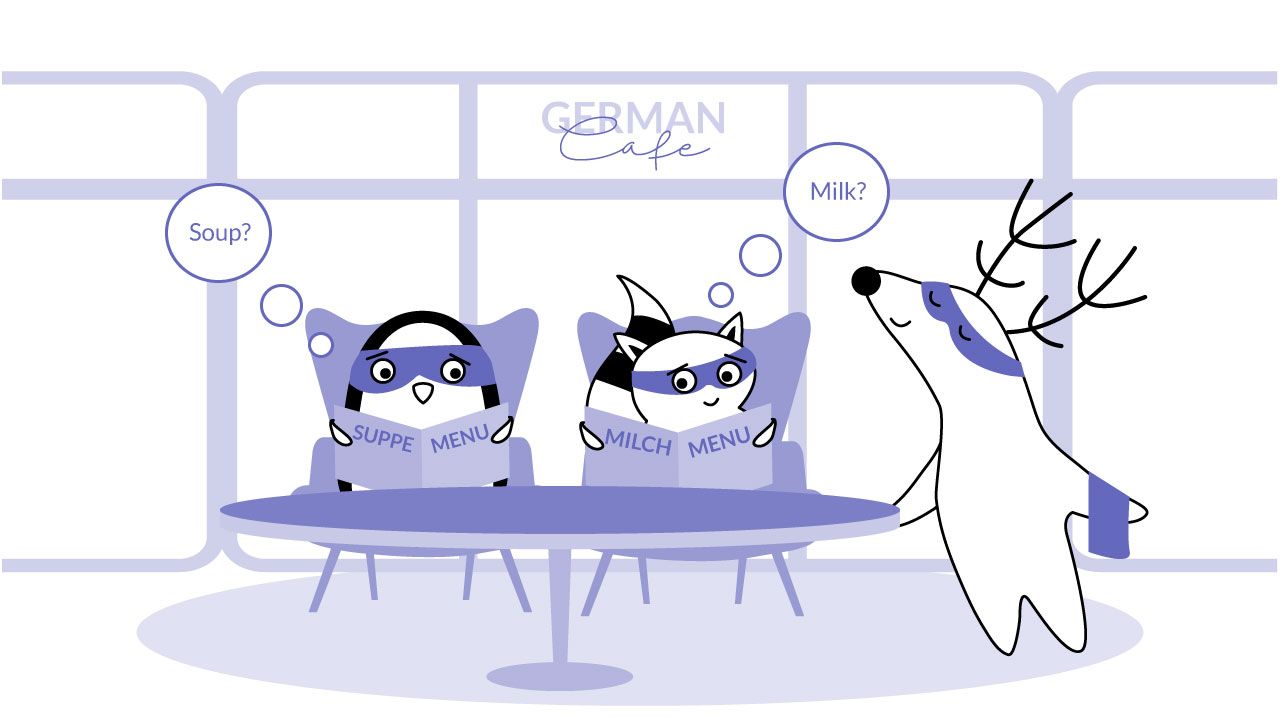
The North Germanic language eventually evolved into Danish and Swedish. The Goths are an example of an Eastern group, but the East-Germanic branch died out in the late 18th century, taking the early East-Germanic languages with it.
How Similar Are Germanic Languages Nowadays?
When you learn a foreign language and notice that the vocabulary is easy to remember because it reminds you of another language you know, they are most likely from the same language family.
Even though each language evolved differently, many similarities exist between many words. Consider the following example of Germanic languages:
| Dutch | English | German |
|---|---|---|
| eaten | eat | essen |
| vader | father | Vater |
| huis | house | Haus |
As you can see, the origins of the German, Dutch, and English languages are the same. The difference between the words is minimal, which can be especially helpful for vocabulary learning.
Words similar to German can also be found in languages derived from ancient Northern German, such as Swedish or Danish. However, because the language branch split earlier, there won't be as many similarities.
How Did German Evolve From the Germanic Languages?
There were a few more steps between the West-Germanic languages and the modern German language. In the Middle Ages old high German was divided into three dialects: upper German, middle high German or central German, and low German.
These dialects arose as a result of their geographical location. Low German was spoken in Northern and Western Germany, where the land is flat (low), during the Middle Ages. This dialect is known as "Platt" in German.
In Central Germany, which is already closer to the mountains, people spoke middle German. The middle German later turned into middle high German and is the closest to what today is the German language (high German). It can be considered an early new high German.
In Southern Germany, the official language was upper German. The German language spoken in the high mountains was the most admired of all Germanic dialects for a long time until middle high German took over and became the official language "high German."

German Dialects
As you know, German is a widely spoken language. Even though it has a relatively uniform written language, numerous dialects make spoken high German rarely used.
You have different dialects in Western, Eeastern, Southern, and Northern Germany. The German spoken in other German-speaking countries like Swiss-German or Austrian-German is considered their national language and not a local dialect.
How Does a German Dialect Develop?
Dialects are formed due to the local use of a language - they develop over time, just like official languages, and are spoken by a specific group of people. While written German is pretty consistent, spoken German deviates from the standard language more and more.
People alter modern standard German to improve communication by adding new words or changing grammatical rules. This is how they come up with their own German dialects.
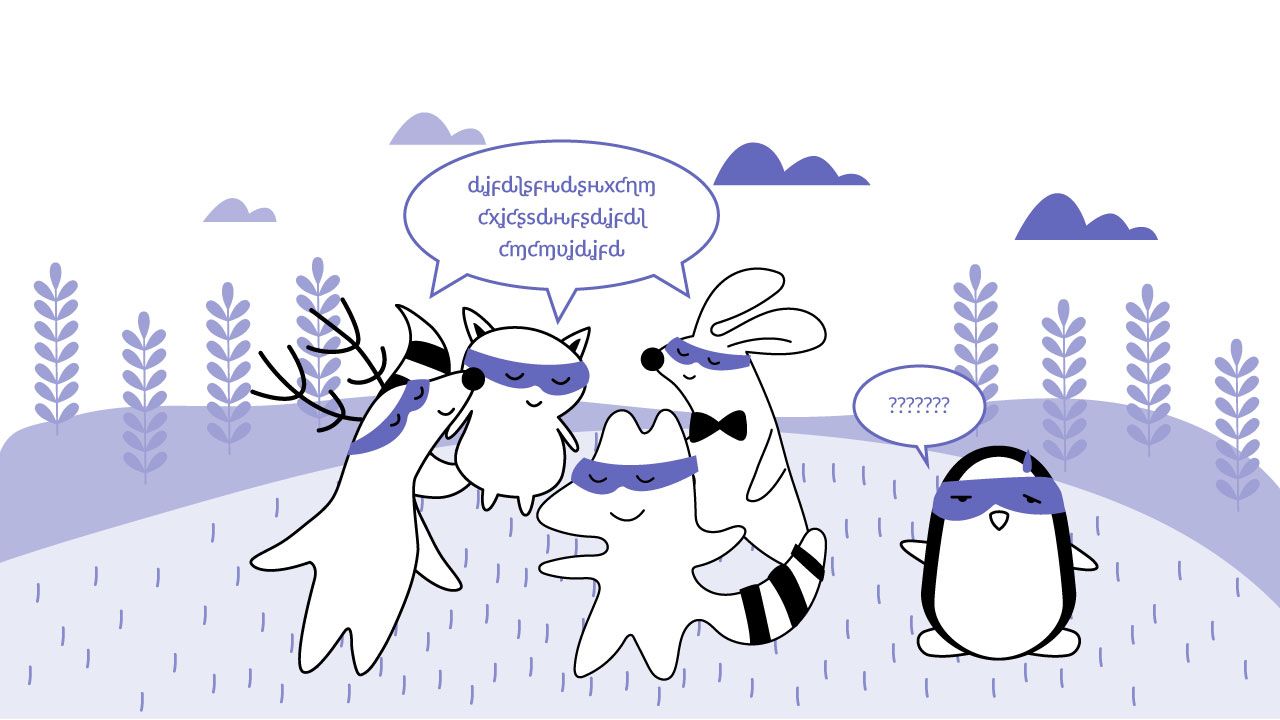
Other languages from neighboring countries are frequently mixed into the language. In Southern Germany, for example, Austrian vocabulary can be found in German dialects, while in Western Germany, French vocabulary can be found.
The written German language does not exist for all dialects, which is why some are going extinct.
Germany Is Losing Its Dialects
You will notice that many German dialects are not spoken by younger generations anymore. In many instances, parents are the last ones maintaining the more unique German dialects.
This shift is most likely the result of internationalization. Because the young people communicate with people from all over Germany regularly, they speak modern standard German that everyone understands.
Some people are saddened by the loss of their dialects and strive to keep them as alive as part of their culture. In Cologne, for example, music groups attempt to preserve the local dialect "Kölsch" by singing songs in it.
Modern German Developments
As we mentioned above, every language is constantly changing, and so is the modern high German language. Even though there is a fixed standard language that has a uniform written language developed, German continues to experience new influences.
The younger generations especially like to incorporate new words from foreign languages like English, Turkish or Arabic and create their own slang that older people might find hard to understand.
You can find, for example, expressions like "yallah" (come on) or "Inshallah" (hopefully) among German teens that came from the Arabic and Turkish languages.
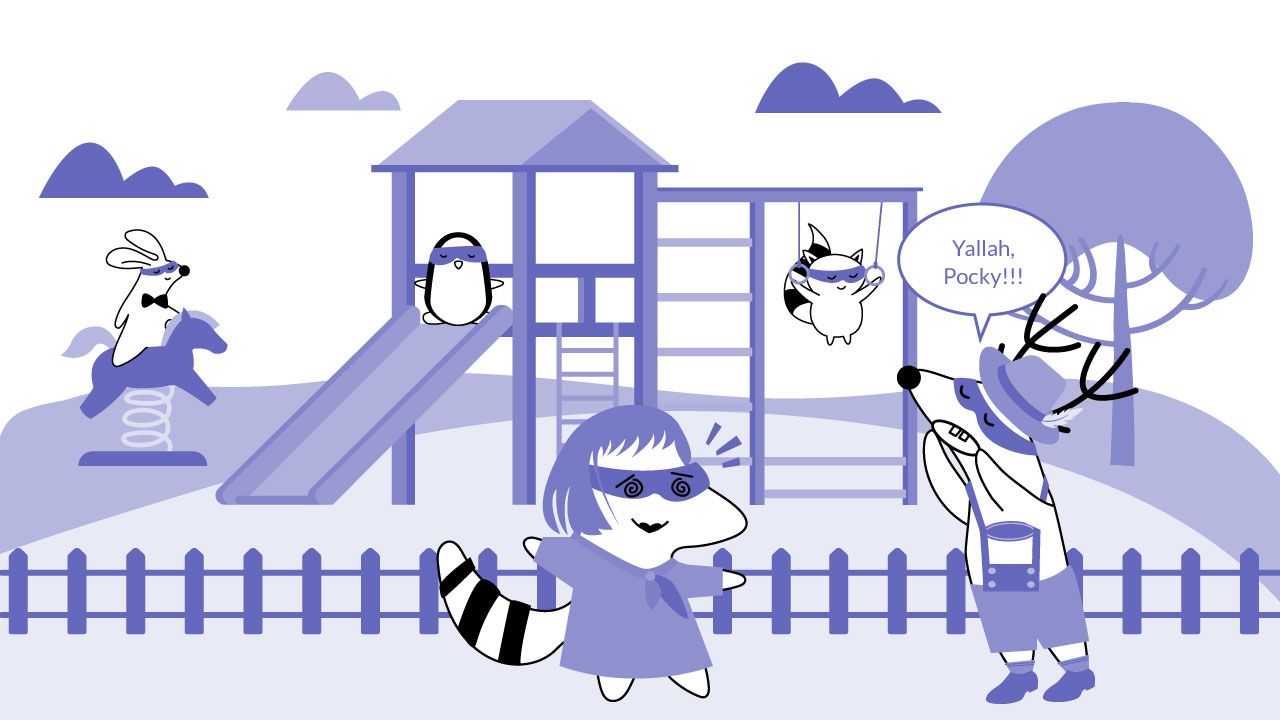
Let’s Sum Up
Now you know that the standard German you're learning right now is called "high German" and that all German dialects evolved from three original geographical areas that spoke low German, middle high German, and upper German dialects.
Even though more and more Germans are speaking high German, there are still several dialects in Germany that can sound quite complicated to a German learner at first.
You will find the most clear high German in central Germany, so if you want to learn more, you should go there first when visiting Germany. But don’t avoid other regions - they can share many new interesting words and traditions with you, so your language learning journey becomes even more exciting.







